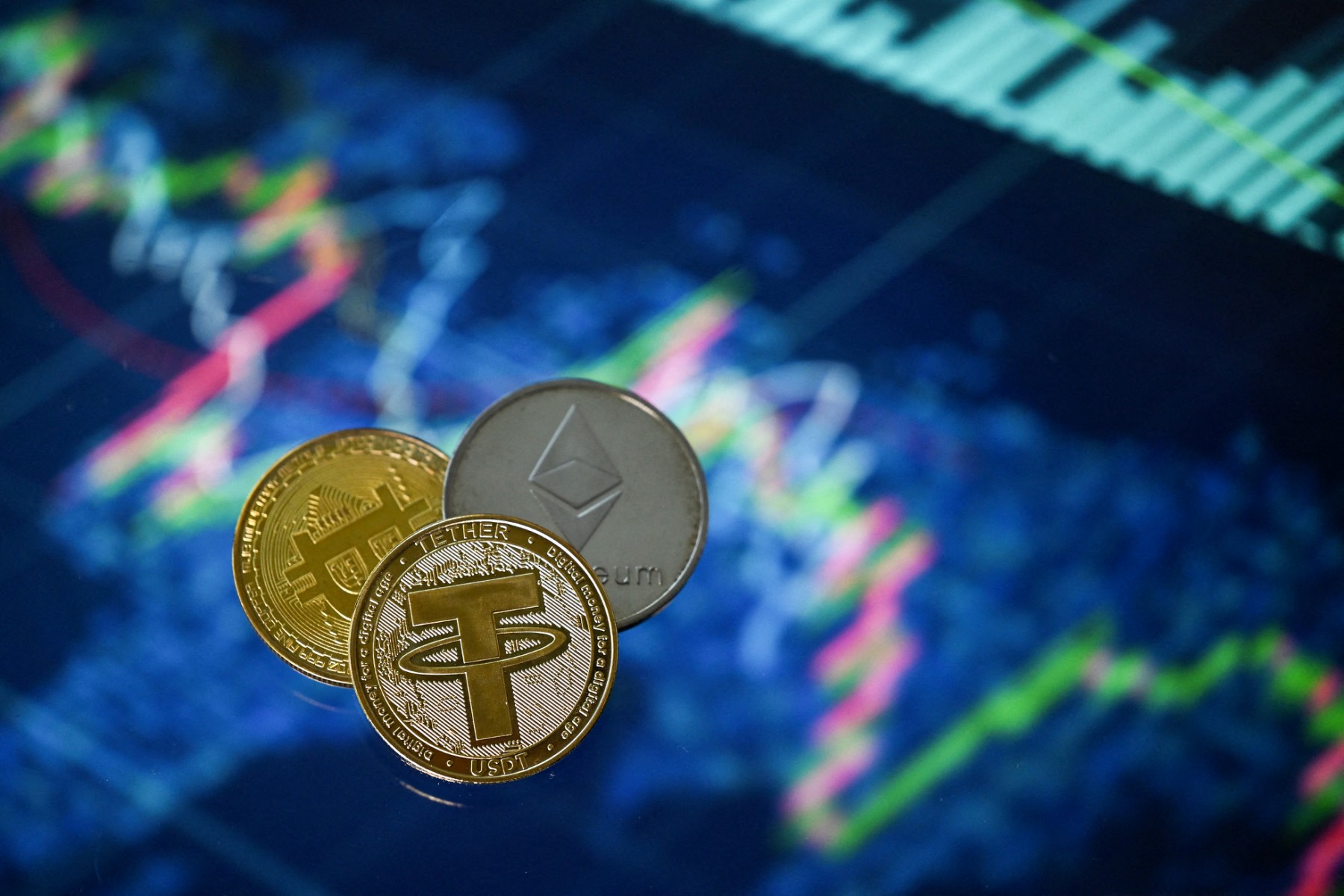The Middle East & North Africa (MENA) region ranks as the seventh-largest crypto market globally in 2024, with an estimated $338.7 billion in on-chain value received between July 2023 and June 2024, accounting for 7.5% of the world’s total transaction volume.
Although the market is smaller compared to other regions, MENA includes two countries ranked in the top 30 of the global crypto adoption index: Türkiye (11th) and Morocco (27th), capturing $137 billion and $12.7 billion of value received, respectively.
The majority of crypto activity in MENA is driven by institutional and professional-level activity, with 93% of value transferred consisting of transactions of $10,000 or above.
Centralized exchanges (CEXs) remain the primary source of crypto inflows across MENA overall, indicating that most users and institutions still prefer traditional crypto platforms, but decentralized platforms and DeFi applications are steadily gaining traction.
Notably, Saudi Arabia and the UAE demonstrate high interest in decentralized platforms. The majority of DeFi activity across MENA occurs on DEXs, with Saudi Arabia participating in other DeFi activities at a marginally higher share than the other nations shown. Saudi Arabia, a G20 economy with a population of over 30 million, benefits from a disproportionately young population — around 63% of its citizens are under 30 years old. This demographic is especially meaningful from an emerging technology perspective, as younger generations tend to be more open to experimenting with new financial technologies. The UAE also shows higher DeFi adoption than the global average, likely attributable to its progressive regulatory stance which has fostered clarity around specific classes of crypto participation. The UAE’s proactive and collaborative regulatory approach to crypto and web3 companies has attracted a diverse range of users, and solidified the UAE as a hub for DeFi and broader crypto activity. In contrast, users in Türkiye and Qatar remain heavily reliant on CEXs, with lower DeFi participation compared to global averages.
It’s important to note that both Saudi Arabia and Qatar do not yet have a comprehensive regulatory framework in place for virtual asset service providers (VASPs) and therefore do not yet have local CEXs, but encouraging new developments in Qatar that allow companies to apply for a license to become token service providers could reshape the landscape in the future.
Stablecoins and altcoins making gains across MENA
Across MENA, stablecoins and altcoins are gaining market share over traditionally preferred assets like bitcoin and ether, particularly in Türkiye, Saudi Arabia, and the UAE, which have higher shares of stablecoin volume.
For example, in Türkiye, which has a long history of economic instability and high inflation, retail users’ reliance on stablecoins reflects their concerns over volatility and a need for consistent stores of value — which we detail further down. In contrast, in the UAE, where the local currency (the Emirati dirham) is pegged to the U.S. dollar, the growing adoption of stablecoins likely reflects their popularity as an on-ramp to broader crypto services and trading.
Ether (ETH) usage across the region is relatively consistent, but falls below the global average, with Türkiye leading in engagement. Meanwhile, Israel and Saudi Arabia demonstrate a strong interest in altcoins, well above the global average, possibly reflecting a higher risk appetite and interest in a wider variety of assets beyond the major cryptocurrencies
Clear regulation drives a balanced crypto ecosystem in the UAE
The UAE continues to experience rapid growth in the crypto space, driven by a combination of regulatory innovation, institutional interest, and expanding market activity. Between July 2023 and June 2024, the UAE received over $30 billion in crypto, ranking the country among the top 40 globally in this regard and making it MENA’s third largest crypto economy.
The total value received by DeFi services, including DEXs, grew by 74% compared to last year, and that received by DEXs alone grew by 87%, from an estimated $6 billion to $11.3 billion.
“Traditional financial institutions such as banks are actively exploring their roles within the crypto ecosystem, showcasing the growth of a crypto-TradFi nexus,” noted Arushi Goel, Head of Policy for the Middle East and Africa at Chainalysis. “This engagement is further supported by a robust and evolving regulatory framework.”
Deepa Raja Carbon, Managing Director and Vice Chairperson of VARA, spoke with Arushi Goel about the unique position VARA occupies as a regulator two years after its creation. “We’ve identified over a thousand entities conducting crypto-related activity within Dubai and we’re working through a legacy transition. Over the next year, we expect to see these entities licensed,” she explained, adding that VARA’s approach is one of collaboration rather than blind enforcement. “Both the industry and regulators come to the table with that perspective — to learn together and evolve,” she said, stressing the importance of balancing market protection with innovation.
Saudi Arabia and Qatar are MENA’s fastest growing crypto economies
Like last year, Saudi Arabia remains the fastest-growing crypto economy in the MENA region — growing by 154% year-over-year, with a focus on blockchain innovation, central bank digital currencies (CBDCs), gaming, and fintech innovation more generally.
Qatar follows closely as the region’s second fastest-growing market, growing by 120% year-over-year, along with its regulatory stance evolving. The launch in September of a new digital assets regime by the Qatar Financial Centre (QFC), establishes legal and regulatory foundations for digital assets, asset tokenization and trusted technology infrastructure to develop, paving the way for accelerated fintech innovation, contributing to the country’s digital transformation journey.









